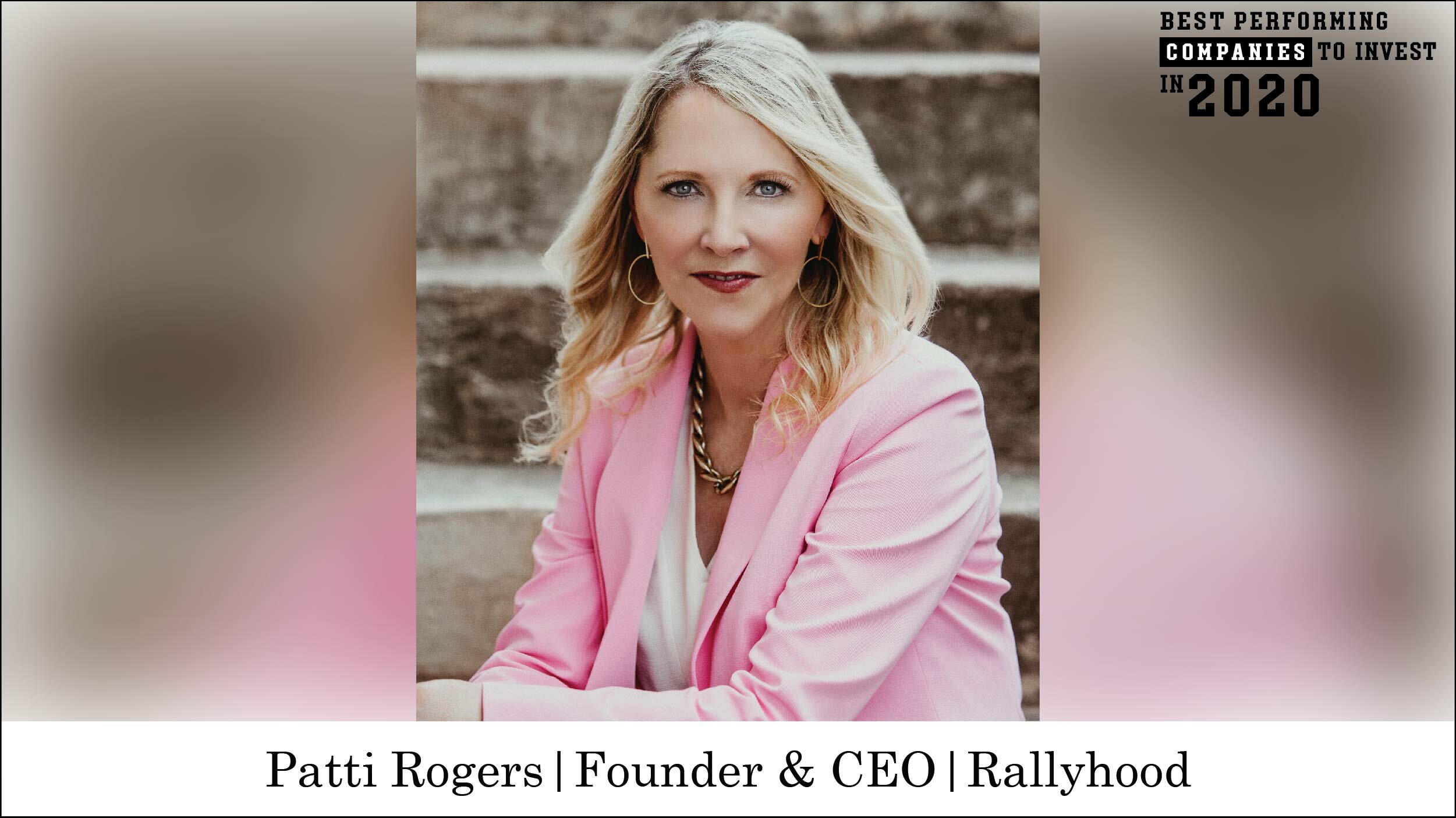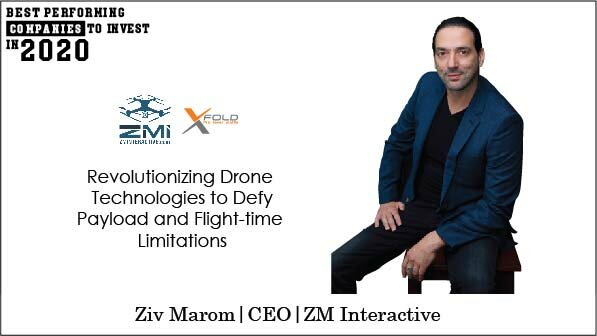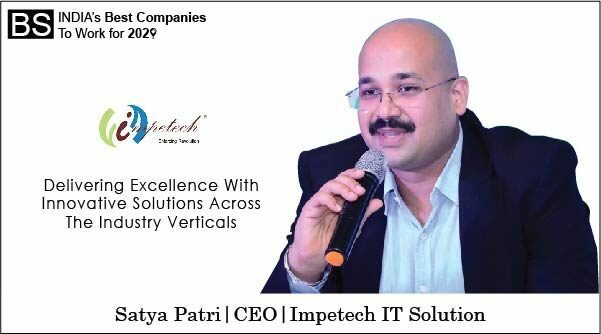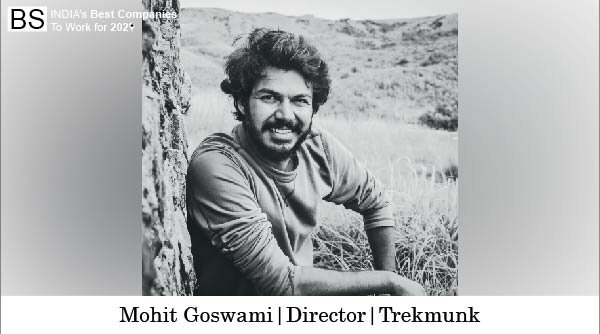The Indian healthcare sector, one of the fastest growing industries is expected to advance at a CAGR of 22 percent during 2016-2022 and reach US$ 372 billion by the end of this period. The size of the industry doubled between the year 2008 and 2016 shooting from 45 billion USD to a 110 billion USD. While the growing size encompasses preventive, promotive, curative, rehabilitative and palliative care, recent trends in the healthcare sector indicate strong emphasis and awareness on corrective health issues that relate to lifestyle disorders.
Diagnostics in Healthcare – An overview
This change in trend fueled the growth in the preventive healthcare space. We also have to note another critical factor that here, which is the rise in income levels, health awareness and change in attitude towards preventive healthcare. This is all set to boost the healthcare services sector and most importantly, diagnostic services. The CAGR for diagnostic services looks promising standing at a 20.4 percent growth between 2012 and 2022. This is a leap to 32 billion USD from 5 billion USD. The diagnostic market is also split between imaging and pathology at a 30 and 70 percent share respectively. Diagnostics is no longer just about the detection of diseases. It has become the fulcrum of the entire healthcare continuum from screening (using state-of-the-art equipment such as MRI, CT, Ultrasound, Doppler, BMD and Mammo) prognosis; patient cohorting or classification according to risks, and treatment monitoring.
The severity of a lifestyle related disease is governed by awareness, early diagnosis, repeat evaluation and course correction along with regular consultation and medication. Awareness and diagnosis sits at the very start of this chain. Evidence based Medicine (EVM) is possible only with data, related to accurate and consistent diagnosis. A person who knows the reason for his/her aging arteries is committed to making radical lifestyle changes. Diagnostic tests act like a Health barometer test and tends to wake up individuals from their slumber and belief that everything about their body is fine. It makes them switch to a ‘let’s do something before the health condition becomes a full blown disease’ approach.
Preventive Healthcare and Lifestyle related Diseases
The focus right now is high on lifestyle related diseases which are a result of the increasing urbanization and the way of life and work in the urban setting. An increasing number of this urban population is becoming conscious of their vitals such as their BMI, Blood Pressure and Cholesterol levels – the key indicators of lifestyle related diseases. Currently, about 50 percent of spending on in-patient beds are for lifestyle diseases. While this has increased the demand for specialized care, most lifestyle diseases are caused by high cholesterol, high blood pressure, obesity, poor diet and alcohol. Diagnostics plays a major role in their predictive analysis. It is also crucial to note the recent trends in the healthcare industry which weigh in favor of the diagnostics arena, like the increase in lifestyle related diseases as compared to communicable diseases; the expansion and penetration of preventive healthcare providers into Tier 2 and Tier 3 cities; the emergence of telemedicine; home healthcare services; the increasing penetration of the Health Insurance Industry and digital/mobile based delivery of healthcare.
Diagnostics steering the future of Healthcare services
The CAGR of hospitalized cases from 2008 – 18 represents, Cardiac with 18 percent; Oncology with16 percent and Diabetes at 19 percent. There has been an increase in the healthcare spending as the per capita income grew from 985$ in FY12 to 1611$ in FY17. The per capita healthcare spend also grew from 54$ in 2010 to 68.6$ in 2015. In addition to this, the government’s spending on healthcare which is 1.2 percent of GDP is all set to increase to 2.5 percent by the end of 2025.
Diagnostics is the foundation of healthcare. As a tool it is still massively under –utilized with an extremely low penetration in rural areas. Nevertheless, it is now positioned to revolutionize healthcare and committing ourselves to innovation would bring value to the entire healthcare chain. Only when we harness the true potential of diagnostics, do we enhance the overall standard of healthcare. Medall is a locally strong and regionally powerful chain of diagnostics care and we constantly bridge our logistic and infrastructure limitations to give better accessibility and higher quality of services.
References: Indian Brand Equity Foundation – 2018
Raju Venkataraman, is a serial entrepreneur, who has built several organizations. He has sold three and publicly listed one company. In his illustrious career, he has outsourced deals worth over 2 billion USD, managed over 25000 employees, and has raised 700 million USD through equity, Mezzanine, FCCB and bank loans. Medall in India’s fastest growing integrated diagnostics services provider and the fourth largest diagnostics services company.











